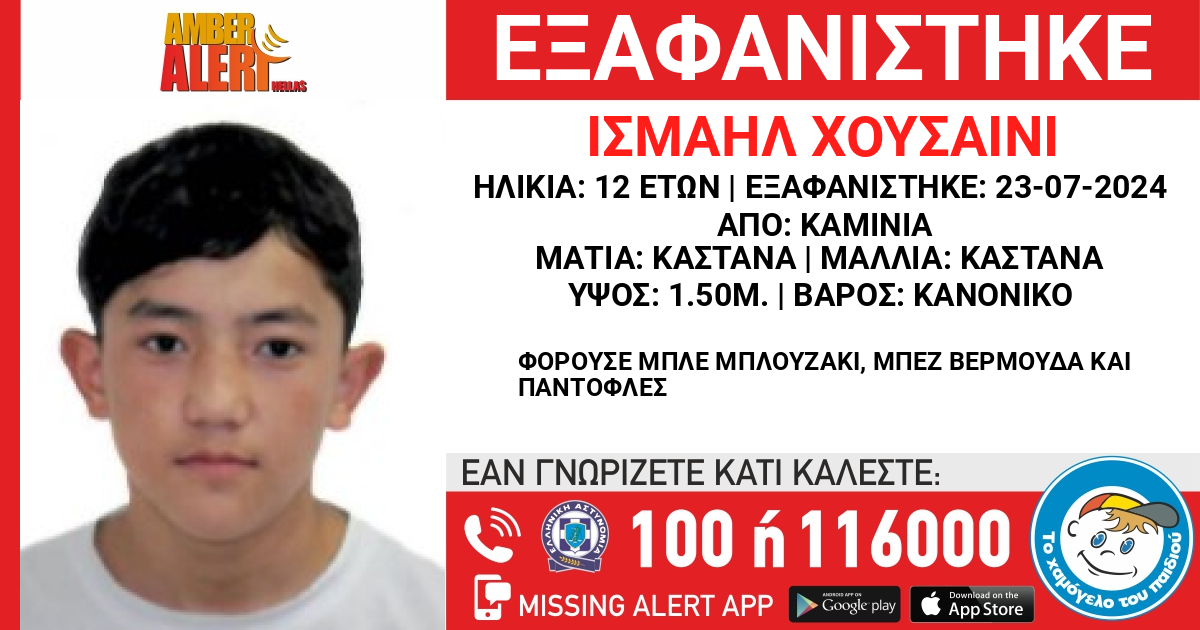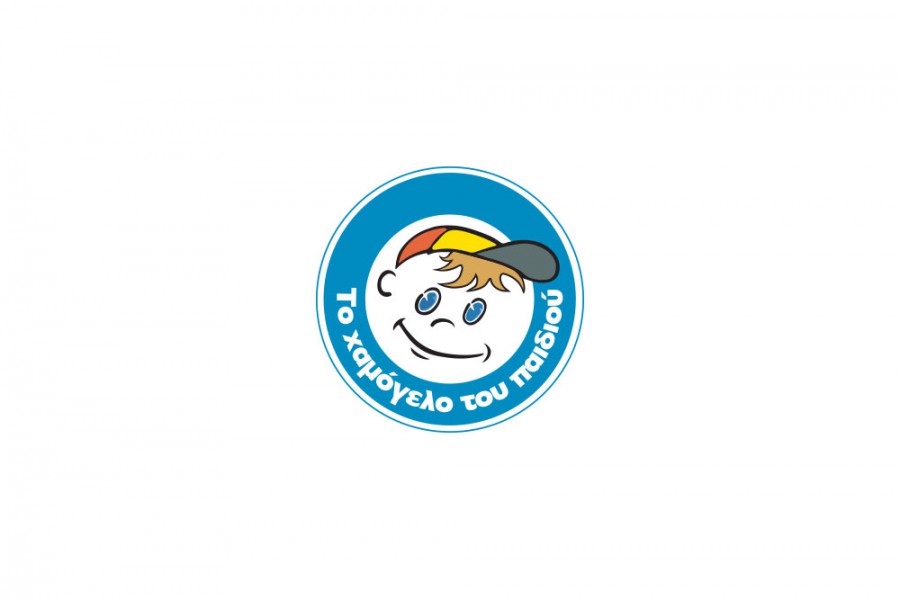Preventing ophthalmological diseases in childhood
The saying that prevention is better than curing can be applied to the entire range of human activity.
By applying prevention on human’s most valuable possession, his sight, everyone responsible for a child must know the following;
- A child needs to be examined by a child ophthalmologist after birth in the maternity ward.
- The next scheduled examination by an ophthalmologist should take place at the age of 2 , as it is scientifically proven that signs of strabismus and hypermetrope first appear at this age.
- Also important and required should be an ophthalmological examination at 4-5 years of age, i.e. when a child begins being integrated into a school community.
Those three (3) basic examinations, from birth into pre-school age are in order; a) after birth in the maternity ward, b) at two (2) years of age, c) at 4-5 years of age.
In the meantime, and especially if there is a family history of strabismus or other serious ocular anomalies, parents should observe and note the following;
- Whether their child’s eyes don’t move right or don’t rotate properly.
- Whether they are not aligned.
- Any signs of unusual behaviour, such as closing one eye when out in the sun.
- They should observe; whether the child needs to turn the entire head in order to focus on a specific object, rather than the eyes alone.
- Any disturbance in eye colour, which is indicative of fogginess in the eye’s otherwise clear parts.
If any of the above occur, a visit to an ophthalmologist is necessary, regardless of age.
To conclude, it is certain that a child, or baby, or even days-old newborn can be examined by a child ophthalmologist, who should be capable of making a safe diagnosis, without requiring verbal answers from the child during the examination.
All of the above are simple preventive measures, but invaluable at preventing much worse conditions.




